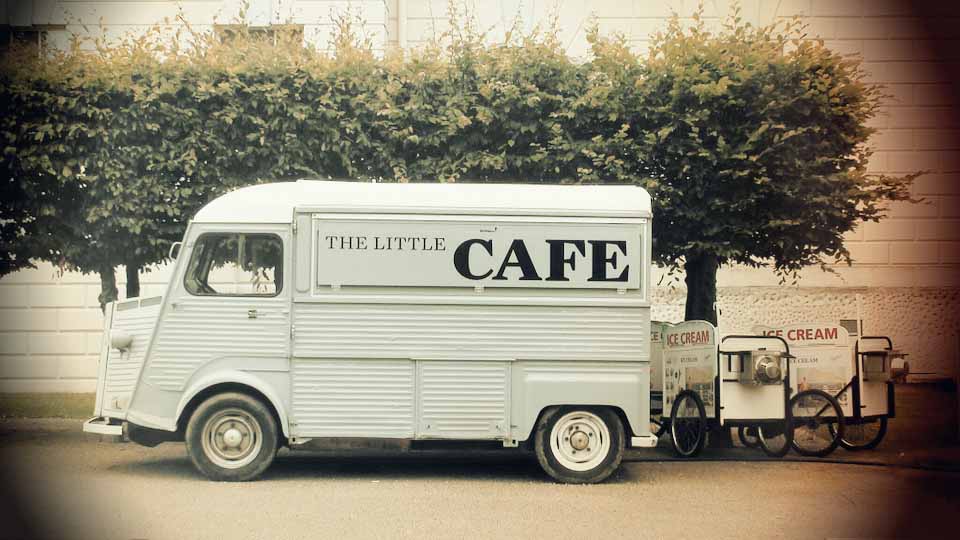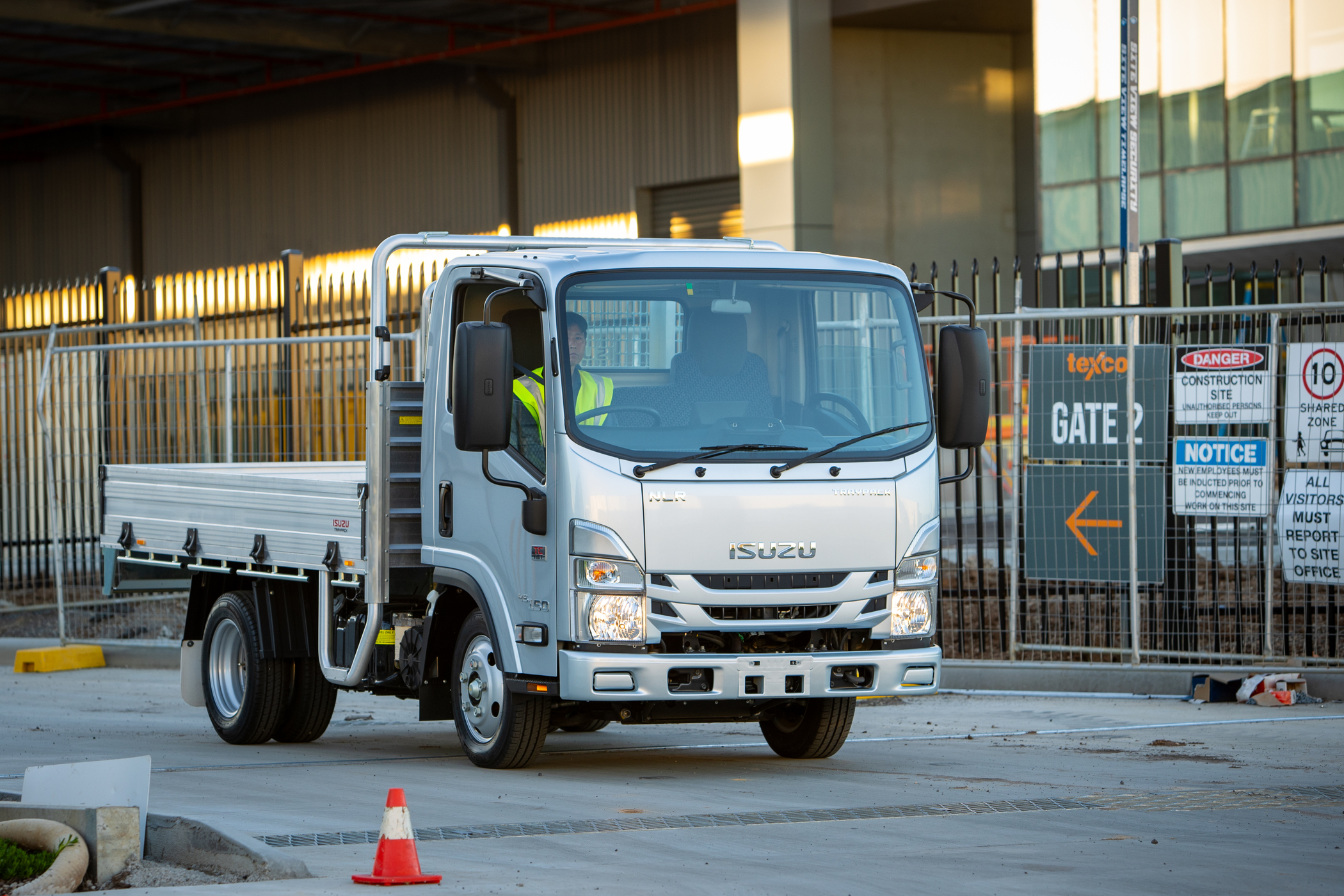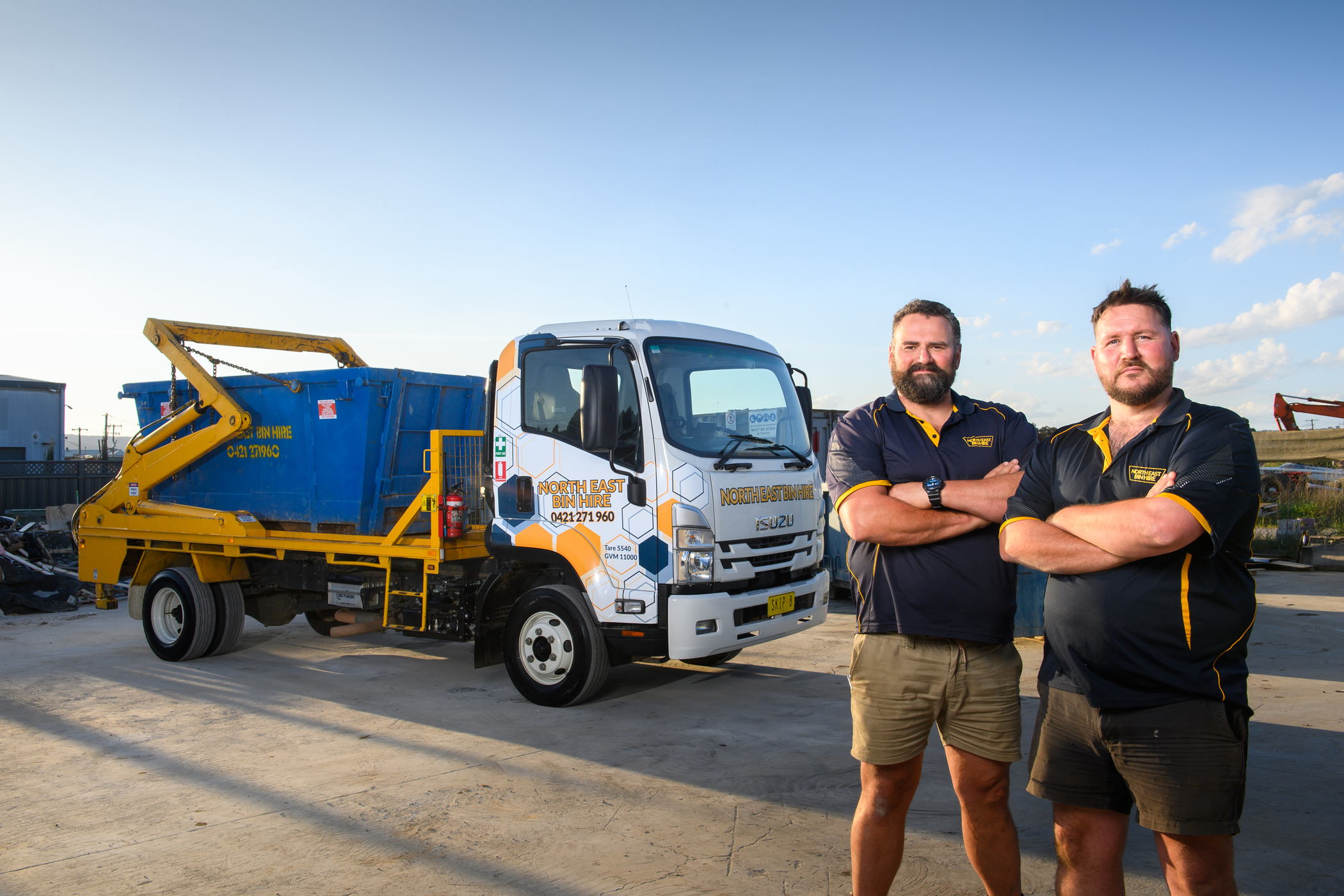MEALS AND WHEELS: FITTING OUT A FOOD TRUCK

 Jostling for attention in public squares, loitering in parks and turning up at festivals and events, they’re everywhere. Food trucks have never been more prolific in Australia’s urban landscape.
Across cities like Melbourne, Sydney, Brisbane and Perth, these eye-catching mobile food vendors are dishing out everything from smoothies and toasties to curries, burgers, burritos and more.
You’ve seen the queues at the trucks’ windows and appreciated the quick service of amazing food. But how do they do it all from a moveable kitchen?
Here we take a quick look at what goes into the making of a quality food truck fit-out.
Jostling for attention in public squares, loitering in parks and turning up at festivals and events, they’re everywhere. Food trucks have never been more prolific in Australia’s urban landscape.
Across cities like Melbourne, Sydney, Brisbane and Perth, these eye-catching mobile food vendors are dishing out everything from smoothies and toasties to curries, burgers, burritos and more.
You’ve seen the queues at the trucks’ windows and appreciated the quick service of amazing food. But how do they do it all from a moveable kitchen?
Here we take a quick look at what goes into the making of a quality food truck fit-out.
What’s cooking?
Keep the menu simple, and choose the right cuisine to help your truck stand out from the crowd. It’s bound to get hectic, so make sure you can dish out your menu quickly, and under pressure.Prepping
Sure, you can customise your vehicle yourself but you’re going to have to be mechanically apt, a whiz at wiring and plumbing (or have friends who are) and have the time and tools for the project. If this isn’t you, then check in with your truck dealer, a custom food-truck builder or manufacturer. They’ll have the know-how, skilled labour and working tools, and the experience to ensure your truck fit-out complies with health codes and food safety requirements. Do your homework. Jump online. Follow popular food truck blogs and industry associations to view a wide range of truck types and fit-outs. Make sure you speak to plenty of other food truck operators about what does and doesn’t work for their trucks.Business licensing, fees and food safety
The requirements for operating a food business vary depending on which state or territory you’re operating in, but to begin with you’ll usually be required to notify the proper authority and determine your food business classification. For a mobile food business, the proper authority is usually the local council or state authority. You’ll need to register your business, apply for a licence and pay the required fees to get your show on the road. You can get online information kits and fact sheets on your licensing needs from the Australian Business Licence and Information Service. Safety standards for handling food for sale are set by Food Standards Australia New Zealand, and local or state governments provide additional guidelines to help food operators comply with these requirements.Which truck?
So how do you decide on the perfect truck for your kitchen on wheels? For starters, think of the load you’ll be carrying and the ground you’ll be covering. Do you need a truck that’s small and light enough to manoeuvre down city streets, past other trucks and into tight parking spaces? Or will you need something bigger to accommodate your kitchen and layout? Remember, you can only drive a vehicle up to 4.5 tonnes Gross Vehicle Mass (GVM) on a car licence. Any larger and you'll require a heavy vehicle licence. A good truck dealer or outfitter will sit down with you and work out how to choose the correct vehicle based on all aspects of the fit out: the equipment and internal layout, how you intend to load inventory and store supplies, as well as the service area. Talk to your dealer about engine, transmission and fuel efficiency based on the driving you’ll be doing. The temptation to buy a used truck is big but you’ll have to know what you’re getting into. This means getting the vehicle checked out mechanically, reviewing its maintenance history and evaluating the cost of converting its existing body to accommodate the needs of your mobile food service. Buying a new truck will give you more security, courtesy of statutory warranties and other support programs such as roadside assistance, plus you have a blank canvas to have your mobile kitchen built on. Breakdowns, malfunctions and power failures can wipe out profits by spoiling food and incurring downtime and repair costs. Your truck can make or break your business so choose wisely.Presentation
Looks matter when it comes to the graphics and signage on your truck. Don’t skimp. The graphics must announce your food loud and clear. A good outfitter or design company can help with this.Top tips from Smokin’ Barrys
Jim White is the owner of Smokin’ Barrys, a southern-style barbecue kitchen which has been operating in Melbourne’s food truck scene since 2011. He tells us everything he wishes someone had told him, before he’d started his food business.1. Be prepared
“To make a good living you will have to work harder and longer than anything you have ever done before. Your social circle will change because you will be working when your friends are going to the pub!”2. Financing
“Have a good discussion with your accountant and understand how to set up the business properly for tax purposes. Finance your project sensibly so you can use your capital to keep the business running when things are quiet or in the off season.”3. Livery
“Don’t skimp on a cheap graphic job for your truck. Make your brand stand out, without it being too busy with fancy backgrounds. Make it clear to everyone what you do and be specific about your offerings.” These mobile foodies make it look easy – but there’s a whole lot of preparation, planning and heart that goes into dishing up meals, from your wheels.


Playtime’s over, get $3,500* to spend on extras.
If you’re ready to get serious about tackling bigger jobs, grab yourself an NLR 45-150 AMT SWB Traypack from the Ready-to-Work range for $62,990 drive away*. And to prove we aren’t playing, buy any NLR Traypack before June 30 and you’ll get $3,500* to spend on genuine accessories or an Essentials service agreement.
Learn more



